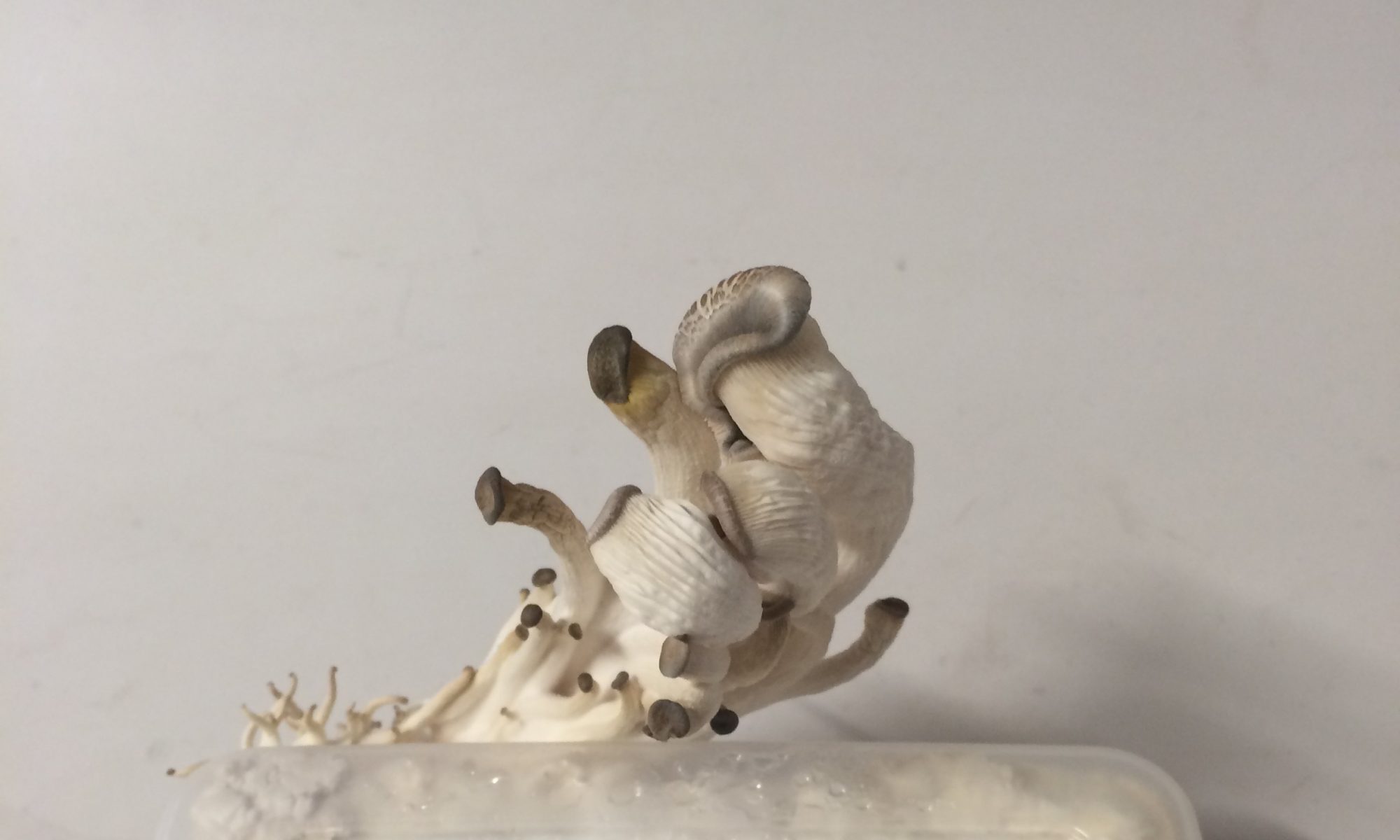
whale poop is part of the ocean’s circulatory system drawing iron up from the ocean bottoms as whales consume krill who consume phytoplankton who consume iron, and bringing it up to the surface oceans in the form of their faeces, which are released by the whales only in less water pressure levels.





